North vs. South: The Spice Battle That Defines American Cuisine!
Table of Contents
- Introduction
- Northern US Cuisine: Subtle, Sophisticated, and Seasonal
- Southern US Cuisine: Bold, Spicy, and Soulful
- Spice Comparison: Heat, Herbs, and Signature Flavors
- Head-to-Head Spice Showdown: North vs. South
- Top 5 Spice Tips for Mastering Regional Dishes
- Fusion Alert: What Happens When North Meets South?
- Conclusion: Which Side of the Spice Line Are You On?
Introduction: America’s Great Spice Divide
America is a land of culinary diversity, but nowhere is that more evident than in the great divide between Northern and Southern cuisines. While both regions celebrate food with passion, their approach to spices tells two very different stories.
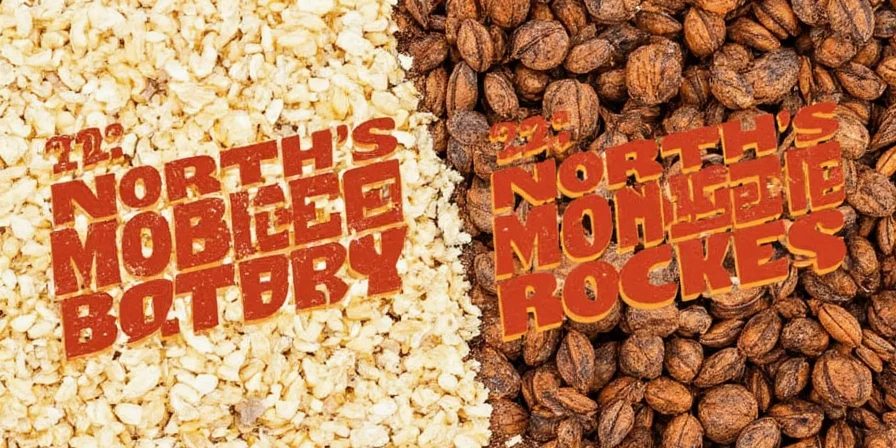
In this post, we dive into the spicy showdown that defines American cooking: Northern vs. Southern cuisine. From flavor profiles to pantry essentials, you’ll learn how these regions season their dishes — and maybe even discover which side you truly belong to.
Northern US Cuisine: Subtle, Sophisticated, and Seasonal
When it comes to Northern U.S. cooking, subtlety reigns supreme. Think New England clam chowder, Midwest meatloaf, or Northeastern bagels with schmear — these dishes rely on balanced flavors and fresh ingredients rather than aggressive seasoning.
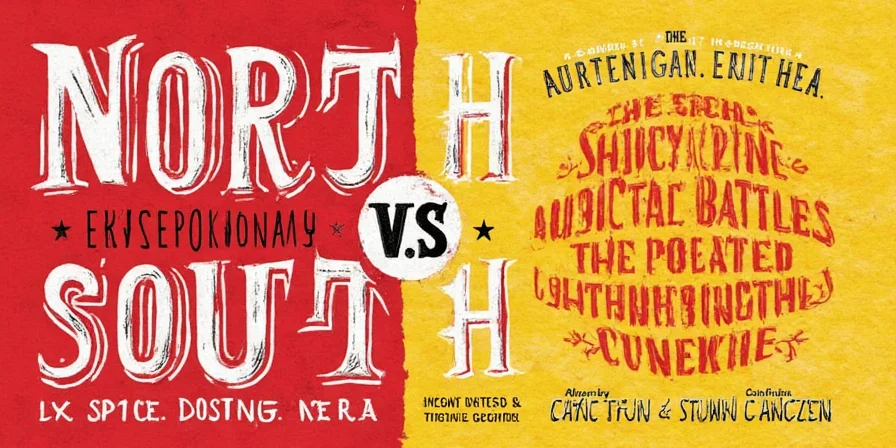
Signature Ingredients & Spices:
- Fresh herbs (dill, parsley, thyme)
- Mild spices (black pepper, paprika)
- Dairy-based seasonings (butter, cream of mushroom soup)
- Sea salt for enhancing natural flavors
The goal? Letting high-quality ingredients speak for themselves. In the North, it’s not about masking flavor — it’s about highlighting it.
Southern US Cuisine: Bold, Spicy, and Soulful
If Northern cuisine whispers, Southern cuisine shouts — especially when it comes to spice! Down south, food is cooked with heart, heat, and heaps of personality. Whether it’s gumbo, fried chicken, or jambalaya, Southern flavors are as bold as the personalities who make them.
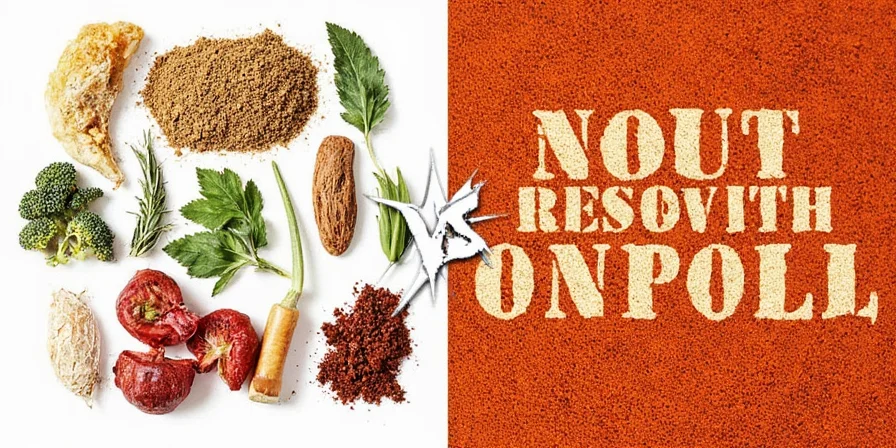
Signature Ingredients & Spices:
- Cayenne pepper (for serious heat)
- Cajun and Creole seasoning blends
- Paprika and garlic powder for depth
- Hot sauces (Tabasco, Crystal, homemade blends)
Down South, spice isn’t just about heat — it’s about building layers of flavor that comfort, cure, and captivate.
Spice Comparison: Heat, Herbs, and Signature Flavors
To really understand the North-South divide, let’s break down the differences in how each region uses spice:
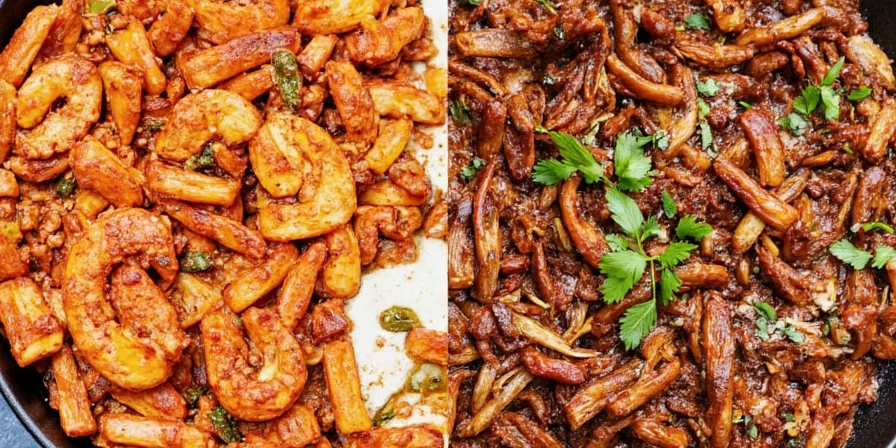
Northern Flavor Focus:
- Subtle seasoning
- Herb-forward
- Minimal use of chili peppers
- Balanced, clean finish
Southern Flavor Focus:
- Heavy use of spice blends
- High heat potential
- Layered, complex flavor profiles
- Often smoky or peppery undertones
Head-to-Head Spice Showdown: North vs. South
| Category | Northern Cuisine | Southern Cuisine |
|---|---|---|
| Main Influences | New England, Midwest, European | Creole, Cajun, African-American, Spanish |
| Typical Spice Level | Mild to moderate | Moderate to hot |
| Common Spices Used | Black pepper, paprika, dill, oregano | Cayenne, garlic powder, cumin, hot sauce |
| Signature Seasoning Blends | Italian seasoning, Montreal steak spice | Cajun seasoning, Old Bay, Creole mix |
| Heat Intensity | Low | High |
| Cooking Method Influence | Roasting, baking, simmering | Smoking, frying, stewing |
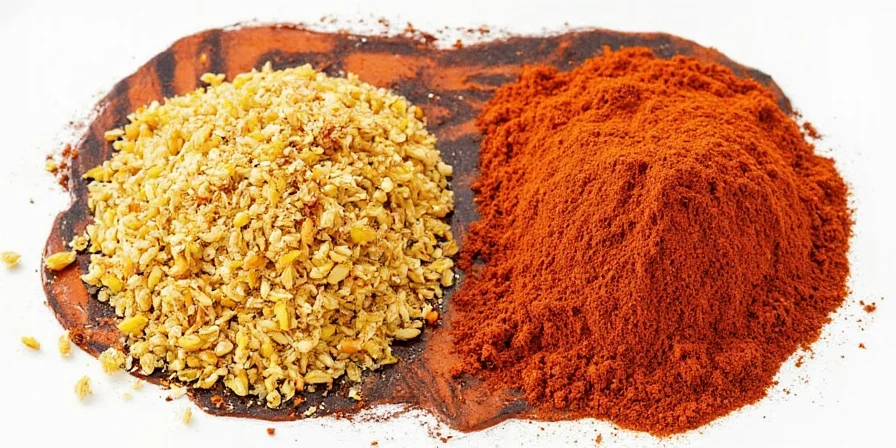
Top 5 Spice Tips for Mastering Regional Dishes
Whether you're whipping up a cozy Yankee pot roast or firing up a Louisiana-style étouffée, here are five practical tips to nail those regional flavors:
- Use Fresh Herbs in Northern Cooking – If your recipe calls for dill or thyme, skip the dried version if possible. Fresh herbs bring brightness and lift.
- Toast Your Spices for Southern Dishes – A quick toast in a dry pan enhances earthy spices like paprika and cumin, giving your dish a deeper flavor base.
- Balance Heat with Acid – When using hot spices, always have vinegar or citrus juice on hand to balance the burn.
- Layer Flavors Gradually – Especially in Southern stews and gumbos, layering spices over time builds complexity and richness.
- Season as You Go – Don't wait until the end to taste and adjust. Both Northern and Southern recipes benefit from constant seasoning checks during cooking.
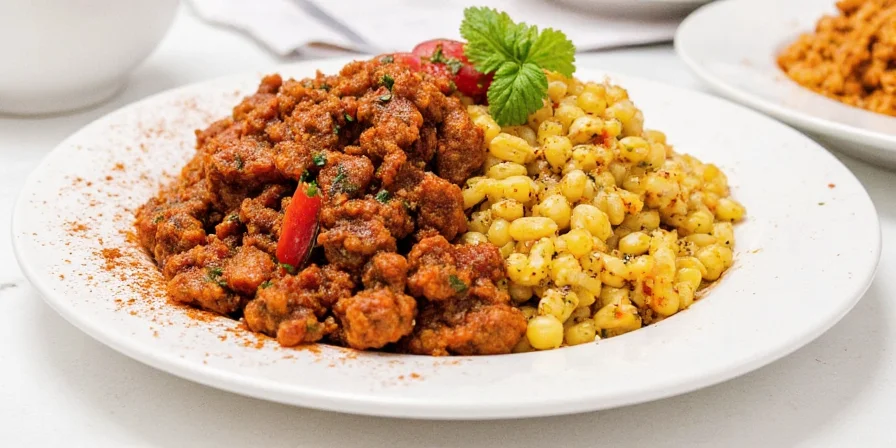
Fusion Alert: What Happens When North Meets South?
As people move and cultures blend, so do our kitchens. More chefs today are combining Northern technique with Southern flair, creating exciting hybrid dishes that challenge tradition — and delight taste buds.

Examples of North-South Fusion:
- Cajun Mac ’n’ Cheese – Creamy Northern favorite meets Southern heat
- Midwest BBQ Ribs with Gumbo Gravy – Smoky meets spicy in one saucy combo
- Creole Chicken Pot Pie – Deep South flavor stuffed into a classic Northern crust
If you’re experimenting at home, remember: the key to successful fusion is respect for both traditions. Blend wisely, season boldly, and taste often!
Conclusion: Which Side of the Spice Line Are You On?
So, what have we learned? The North favors restraint, letting quality shine. The South loves layers, packing heat and heart into every bite. Neither side is “better” — they’re just different expressions of American flavor.

Now it’s your turn: Where do your taste buds stand? Grab your spices, fire up the stove, and let your kitchen declare allegiance — North or South, the spice must flow!
Stay seasoned,
Your Spice-loving Foodie

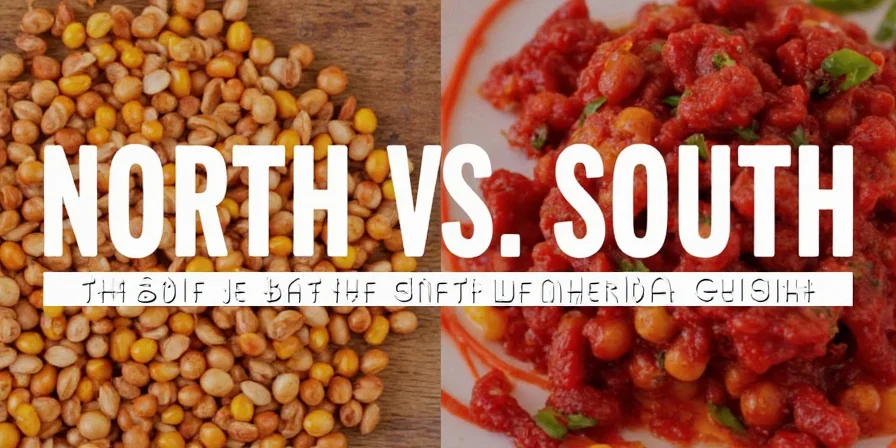









 浙公网安备
33010002000092号
浙公网安备
33010002000092号 浙B2-20120091-4
浙B2-20120091-4